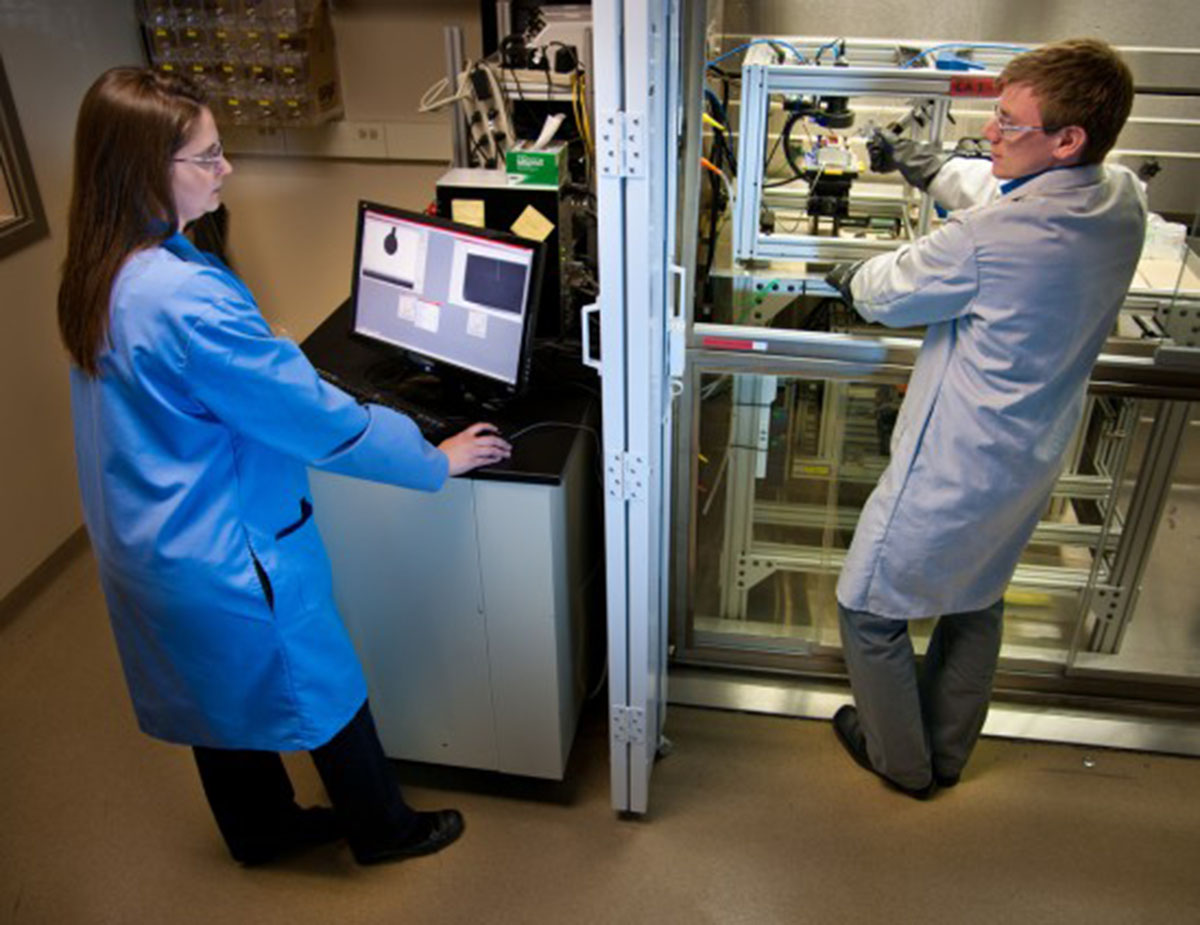Table of Contents
George Preti and his coworkers are not exactly the first people to tackle the questions of how to detect cancer by scent. At least in well publicized experience, the first individual known to medical science to detect cancer by scent was not even a human. The first recorded example of cancer detection by scent involved the keen nose of a dog, a Doberman pinscher-collie mix.

In 1989, two doctors wrote a letter to the medical journal Lancet in which they described their treatment of a woman who had come in for examination of a mole because her dog was very upset by it. Even when she was wearing short, the dog would point in the general direction of the mole. As it grew, the dog even tried to bite it off. When the woman came to their offices to get the dermatologists to take a look at the growth, it turned out to be a potentially deadly melanoma.
Since that experience, doctors have reported cases in which dogs (usually German shepherds or Labrador retrievers) have been trained to sniff out colon cancer, lung cancer, and prostate cancer. It might be possible to train a dog to detect ovarian cancer, too, but the problem with this approach is that scientists don't really know what it is that the dog detects that identifies the cancer. Dogs tend to be very specific and very accurate in sniffing out certain kinds of cancer in their humans, but doctors still won't order a biopsy or start chemotherapy on the basis of a dog pointing or barking "Woof."
Why Cancer Is Hard to Sniff Out
Modern medicine actually has developed reliable "sniff tests" for certain conditions. Anesthesiologists measure carbon dioxide levels in the breath to make sure they have inserted breathing tubes down the right "pipe." Cardiologists performing heart transplants measure a group of chemicals known as alkanes as an early warning system for organ rejection. And pulmonologists can determine whether asthma medications are working by measuring the amount of nitric oxide in the patient's breath.
Cancer cells, however, don't release just one signature chemical. They release groups of chemicals, some of which can also be made by bacteria living in the lungs, in the colon, or on the skin. A chemical sniffer has to have the ability to detect a pattern of cancer chemicals against the background noise of thousands and thousands of other chemicals produced by the body and by microorganisms that live in or on it.
Read More: Cancer Detection By Breath Test: New Approach To Early Diagnostics
Electronic Nose for Ovarian Cancer Still a Work in Progress
This complexity is the reason that Dr. Preti and his colleagues have not yet created a reliable sniff test for ovarian cancer. And it's important to note that Preti isn't limiting his efforts to detecting ovarian cancer by odor. He is also doing blood analyses with an instrument known as gas chromatograph-mass spectrometer.
But Preti and many other experts in the field are convinced that someday it will be possible to sniff out ovarian cancer while it is still treatable. In the meantime, perhaps some other researchers will train man's best friend to do the job.
- Bijland LR, Bomers MK, Smulders YM. Smelling the diagnosis: a review on the use of scent in diagnosing disease. Neth J Med. 2013 Jul-Aug.71(6):300-7.
- Williams H, Pembroke A. Sniffer dogs in the melanoma clinic? Lancet. 1989 Apr 1. 1(8640):734.
- Photo courtesy of Mark Tighe by Flickr : www.flickr.com/photos/mjtmail/4163379369/
- Photo courtesy of U.S. Army RDECOM by Flickr : www.flickr.com/photos/rdecom/7136335641/


Your thoughts on this